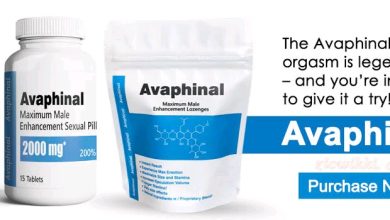How Much Champagne Per Person?
Champagne, with its effervescence and elegance, has become a popular choice for celebrations, particularly weddings and receptions. Beyond its fancy appeal, there are essential details about champagne that are worth considering. From serving sizes and health benefits to creative additions like cotton candy glitter bombs, this comprehensive guide aims to educate you on all things champagne.
1. Moderate Consumption for Health:
Dietitians recommend a daily limit of two glasses of champagne, with each glass containing a standard four ounces. This guideline ensures a balance between enjoying this bubbly beverage and maintaining a healthy lifestyle.
Serving Sizes:
- Standard champagne glasses hold six ounces but are typically poured to the four-ounce standard.
- Daily consumption should not exceed eight ounces, equivalent to two glasses.
2. Serving Champagne at Events:
For events like weddings, it’s crucial to determine appropriate serving sizes to prevent excess. A general rule is to anticipate one glass per guest and limit refills, adhering to the recommended daily limit.
Tips for Serving Large Crowds:
- Allocate one glass of champagne per wedding guest.
- For toasts, a half-glass or approximately three ounces is customary.
- Aim to pour seven glasses from each champagne bottle to minimize waste.
3. Food Pairing:
Elevate the champagne experience by pairing it with complementary foods.
Best Entrees and Sides:
- Ideal meats include fried chicken and steak.
- Sides like nuts and citrus fruits enhance the champagne’s flavor profile.
Desserts:
- Cream and butter-based desserts such as strawberry shortcake or key lime pie pair exceptionally well.
4. Non-Alcoholic Options:
Accommodate all guests with non-alcoholic drinks, such as Italian sodas, which provide a refreshing alternative.
5. Cotton Candy Glitter Bombs:
Add a touch of excitement to your event with cotton candy glitter bombs, offering various color options to match your theme.
Ideal Occasions:
- Perfect for weddings or as a creative gender reveal option.
- Inexpensive and available in a variety of colors.
6. Health Benefits and Moderation:
While studies suggest limited health benefits, moderation is key. Consuming one to three glasses per week may contribute to brain health and memory prevention.
7. Champagne vs. Other Alcoholic Drinks:
Understand the differences in acceptable consumption between beer, wine, and champagne.
Daily Limits:
- Champagne has a higher alcohol content than beer, necessitating lower daily consumption.
- Wine and champagne share similar alcohol content, with recommended limits for both.
8. Caloric Content:
Explore the calorie content of champagne and how it compares to other beverages.
Caloric Information:
- Champagne contains approximately 25 calories per fluid ounce.
- Non-alcoholic champagne has fewer calories than its alcoholic counterpart.
9. Price Considerations:
While champagne is associated with luxury, it’s essential to understand its cost compared to alternatives like sparkling wine.
Cost Comparison:
- Champagne is relatively more expensive than sparkling wine, ranging from $50 to $300.
Conclusion:
Armed with this comprehensive guide, you’re now equipped to serve, enjoy, and appreciate champagne responsibly. Whether you’re planning a wedding, a special event, or simply want to indulge in a glass of bubbly, these insights ensure a memorable and informed experience with champagne. Cheers to celebrating life’s special moments!
